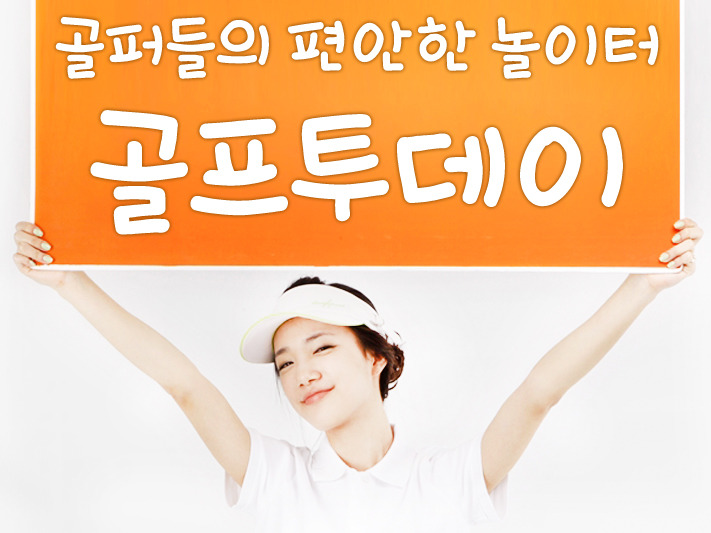How to Build a Digital Detox Routine for Mental Clarity and Better Sleep
Introduction: The Case for Digital Detox
We live in a hyper-connected world. Smartphones, tablets, laptops, smartwatches — they demand our attention nearly every minute of the day. While technology brings convenience, constant digital exposure has proven consequences: disrupted sleep, decreased attention span, eye strain, and chronic stress. A digital detox routine can help rebalance your mind and body.
Why a Digital Detox Is Essential Today
Recent studies link heavy screen time to elevated cortisol levels, insomnia, reduced gray matter in the brain’s prefrontal cortex, and even increased feelings of depression. Taking time away from screens — even in small, regular doses — can significantly improve mental clarity, focus, and emotional regulation.
What Happens to Your Body When You Detox from Screens?
- Improved melatonin production leads to deeper, more restorative sleep.
- Reduced cognitive overload helps you process emotions better and stay mentally present.
- Lower exposure to blue light protects eye health and circadian rhythm.
- Fewer interruptions lead to improved productivity and creativity.
Steps to Start a Digital Detox Routine That Works
- Designate screen-free zones: Make your bedroom and dining area screen-free zones to encourage better habits.
- Set boundaries with notifications: Use focus mode, turn off non-essential alerts, and schedule app usage windows.
- Create a wind-down ritual: Replace nighttime scrolling with reading a physical book, journaling, or meditating.
- Try a ‘tech-free day’ weekly: A full 24-hour detox once a week can reset your nervous system.
- Track your screen time: Use built-in tools like Screen Time or Digital Wellbeing to monitor usage and set limits.
Digital Detox and Sleep: A Strong Connection
One of the first improvements you’ll likely notice is better sleep. Exposure to blue light before bed delays the production of melatonin. A digital detox, especially one that limits screen use at least 1–2 hours before sleep, can help reset your circadian rhythm and reduce nighttime anxiety.
Mental Health Benefits Backed by Research
- Better mood regulation: Less screen time has been linked to fewer symptoms of depression and anxiety.
- Improved attention span: Detoxing can rebuild your ability to focus without distractions.
- Deeper self-awareness: Being offline encourages reflection, emotional processing, and present-moment awareness.
Integrating Digital Detox into a Wellness Lifestyle
You don’t need to go offline for weeks to see results. The key is consistency and intention. Just 30–60 minutes of screen-free time daily — especially in the morning and evening — can be a game changer.
Tools That Help You Stay Accountable
- Time-blocking planners to structure offline time
- App blockers like Freedom or Forest
- Blue-light filtering glasses for minimal exposure during essential use
- Offline hobbies such as yoga, hiking, painting, or gardening
Conclusion: Disconnect to Reconnect
A digital detox isn’t about rejecting technology. It’s about reclaiming your attention, protecting your mental health, and creating space for intentional living. Start small, build a routine, and watch your clarity, sleep, and emotional well-being flourish.




